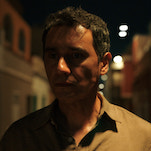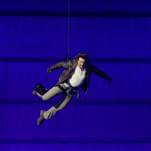The answer is that, when presented with an opportunity to half-ass an idea, Until Dawn leaps at it like a jumpy player twitching through one of the game’s “Don’t Move” quick time events. The hunt for Clover’s (Ella Rubin) sister Melanie (Maia Mitchell) falls apart—she’s been turned into some sort of knock-off of Samara from The Ring; bummer—while the looming threat that some of the group might accidentally survive the night, leaving behind one or two of their friends who died during this particular iteration, never rears its head. Even concepts original to the Until Dawn movie are quickly discarded, the script’s attention span seeming to reset along with the day’s events after every run through the loop.
For example, when the group wakes up after their first slaying, they all carry with them physical reminders of their deaths. Max (Michael Cimino), who has just been graphically stabbed through the eye, boasts a wicked shiner during round two. But soon enough, the friends all just broadly look a little worse for wear. Sallow, tired, bruised. It’s not like Abel (Belmont Cameli) has to deal with persistent phantom limb of the lower half after being chopped in two. Eventually, a new concept springs up: If the pals die enough times, their bodies will mutate until they become something monstrous. How many times exactly is left vague and nonthreatening, so as not to unnecessarily spike the heart rates of those in the audience of this horror movie. Besides, literally bearing the scars of their time-tripping ordeals, their accumulated losses memorialized in flesh, actually made a little too much sense for this movie. Naturally, it was time to change things up by gracelessly bringing up one of the only remaining elements from the source material: wendigos.
The events of the game Until Dawn, co-written by indie horror impresario Larry Fessenden, are set into motion by a wicked and horny little prank, which drives twin sisters Hannah and Beth running out into the snowy woods in the middle of the night. They’re chased, fall off a cliff, and are never seen again. Until, a year later, that is, when the friends responsible for the prank gather in the same woods and, eventually, encounter surviving sister Hannah—now transformed into a spindly, Gollum-like monster after being forced to eat part of Beth to survive post-fall. She wasn’t the first to turn out there, either: After a mining disaster decades prior, trapped miners succumbed to cannibalism and became wendigos as well.
Fessenden had been interested in these creatures from Native American and First Nations folklore since his 2001 art-horror film Wendigo, which (like Until Dawn) blurred the line between reality and fantasy as it engaged with transformational metaphors. The cruelties necessary to survive and the taboos that must not be crossed lend that Straw Dogs-like family drama a psychological weight, one that carries over to the more classically hokey campfire story of Until Dawn. There, the wendigo isn’t just a piece of mythology granted modern relevance, but a manifestation of guilt, borne of the immature prank that got Hannah and Beth killed in the first place. The wendigos, like so many good horror villains, pursue the heroes out of something more elemental than revenge—the cosmic punishment part of it is just gravy.
Drained of their headier meaning, Indigenous roots, and aesthetic specificity, the wendigos of the film adaptation are simply janky rage zombies, rushing through hallways. People who had been trapped in the time loop progressively deteriorated until they one day woke up as desiccated boogeymen. This is briefly hinted at in one shot with Abel, whose spine starts to poke through his back, and kind of explained by Peter Stormare’s evil doctor, who is another superficial instance of the movie attempting to replicate something from the game. Until Dawn might namecheck mining disasters (the game’s kills dozens of people; the movie’s kills 1100, which would make it the deadliest in American history) and the idea that wendigos are hunger personified, but these dissociated references only serve to remind people who played the game how much more sense everything made in that story.
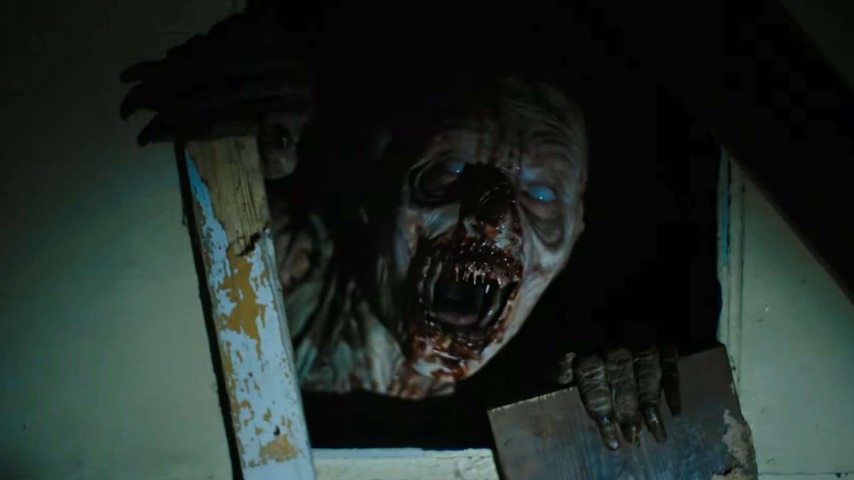



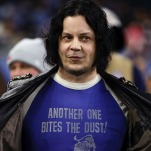

![Rob Reiner's son booked for murder amid homicide investigation [Updated]](https://img.pastemagazine.com/wp-content/avuploads/2025/12/15131025/MixCollage-15-Dec-2025-01-10-PM-9121.jpg)

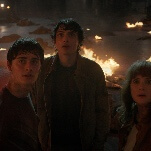



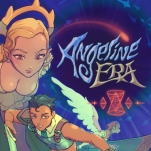
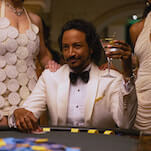

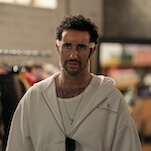
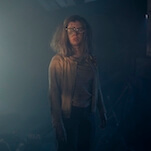
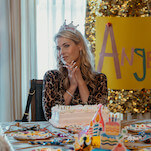


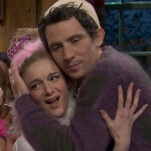





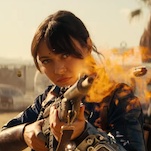
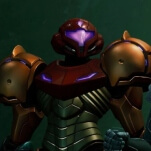
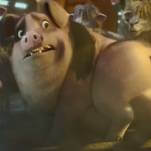



![HBO teases new Euphoria, Larry David, and much more in 2026 sizzle reel [Updated]](https://img.pastemagazine.com/wp-content/avuploads/2025/12/12100344/MixCollage-12-Dec-2025-09-56-AM-9137.jpg)



